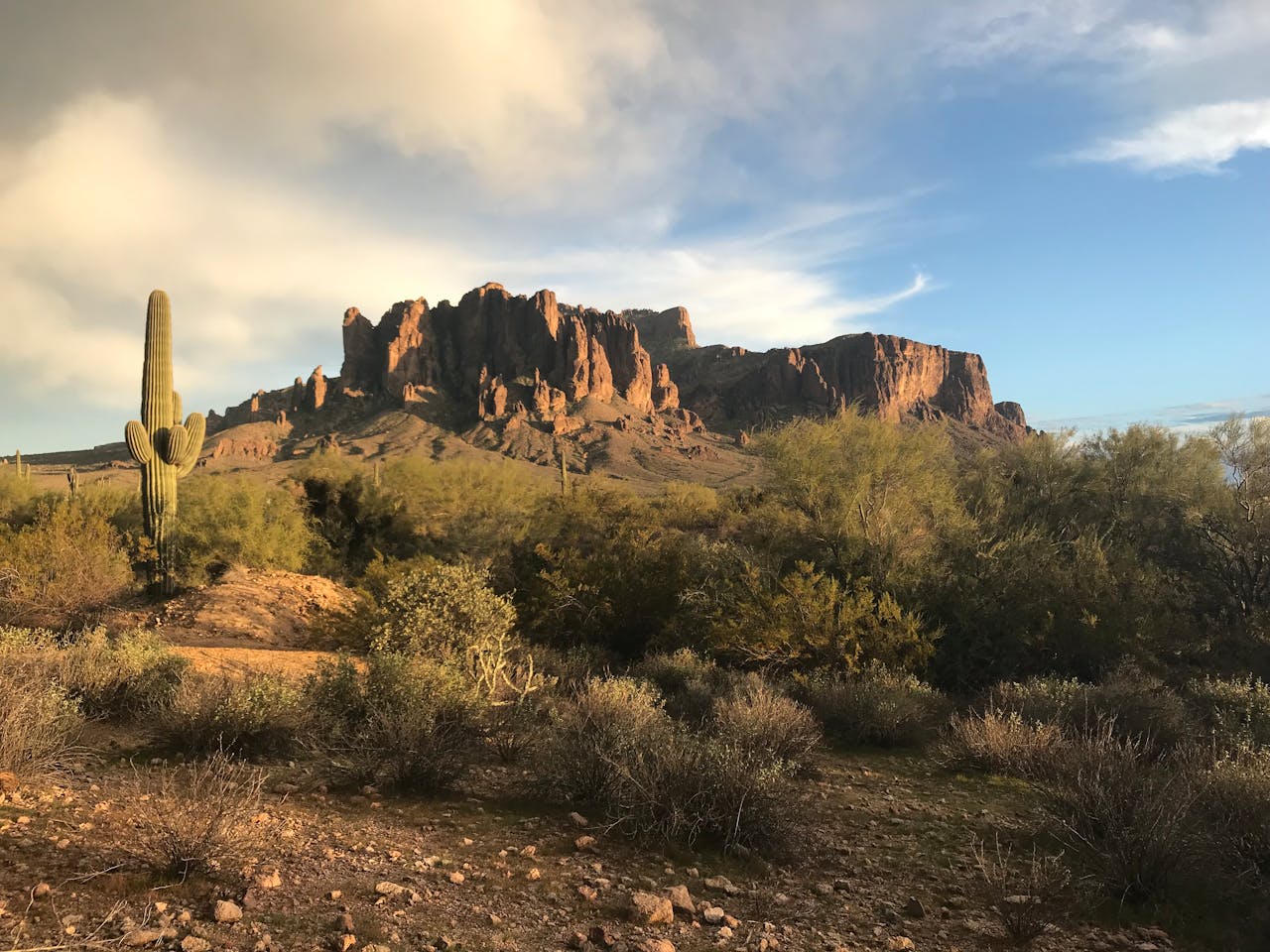A recent study examining the perceptions of climate risks in the Phoenix metropolitan area has revealed significant disparities in how residents view the dangers posed by extreme heat and global climate change. These differences are closely tied to factors such as income, race, neighborhood attachment, and political beliefs, underscoring the complexities of urban climate adaptation.
The research highlights the dual role cities play in the climate crisis: as both contributors to climate change and as epicenters of its effects. As temperatures soar and heatwaves become more frequent, understanding how city dwellers perceive these risks is crucial for developing effective climate policies. The study focused on the Phoenix metro area, a region known for its extreme heat, to explore how various factors influence residents’ awareness of and reactions to climate risks.
Heat Exposure and Personal Experience
Unsurprisingly, the study found that individuals who have personally experienced heat-related symptoms or illnesses are more likely to recognize the severity of the risks posed by extreme heat and global climate change. This finding suggests a potential complacency among those who have not been directly affected, highlighting a gap in risk perception that could hinder broader climate action.
The Role of Social Structure and Green Spaces
Social structure also plays a pivotal role in shaping climate risk perceptions. The study revealed that Latino and Hispanic residents are more likely to perceive the risks associated with extreme heat compared to their White-Anglo counterparts. Conversely, lower-income residents are more concerned about global climate change than those with higher incomes. These patterns reflect the existing literature linking social and economic factors to adaptive capacity and vulnerability.
Interestingly, residents who are satisfied with the amount of green infrastructure, such as tree canopy, in their neighborhoods are less likely to perceive extreme heat or climate change as serious threats. This finding suggests that the cooling effects of trees may buffer some of the perceived risks, but it also points to the broader issue of socio-spatial inequality. In areas with less green space, often inhabited by less affluent residents, the lack of green infrastructure exacerbates their vulnerability to climate impacts.
Neighborhood Attachment and Social Capital
Place attachment, or the emotional bond residents feel with their neighborhoods, was found to influence how seriously they view the risks of extreme heat. Those with strong ties to their local area are more likely to perceive heat as a significant threat to their way of life. However, this attachment does not extend to global climate risks, highlighting the different scales at which people perceive environmental threats.
Additionally, the study found that residents in close-knit neighborhoods, with higher social capital, are less likely to acknowledge the risks of both extreme heat and global climate change. While social capital is typically seen as a protective factor, this finding raises concerns about the potential for these communities to underestimate climate risks, potentially hindering collective action.
Political Beliefs and Climate Risk Perception
Political ideology emerged as a strong predictor of climate risk perception. Residents with liberal views are more likely to recognize the dangers posed by both local extreme heat and global climate change, aligning with previous studies that link political beliefs to environmental attitudes.
Conclusion
The study’s findings underscore the importance of considering socio-economic, racial, and neighborhood factors when developing climate adaptation strategies in urban areas. As cities like Phoenix face increasing climate challenges, understanding the diverse ways in which residents perceive and respond to these risks will be crucial in creating equitable and effective climate policies.
Citation(s):
Yazar, M., York, A., & Larson, K. L. (2022). Adaptation, exposure, and politics: Local extreme heat and global climate change risk perceptions in the Phoenix metropolitan region, USA. Cities, 127, 103763. https://doi.org/10.1016/j.cities.2022.103763



